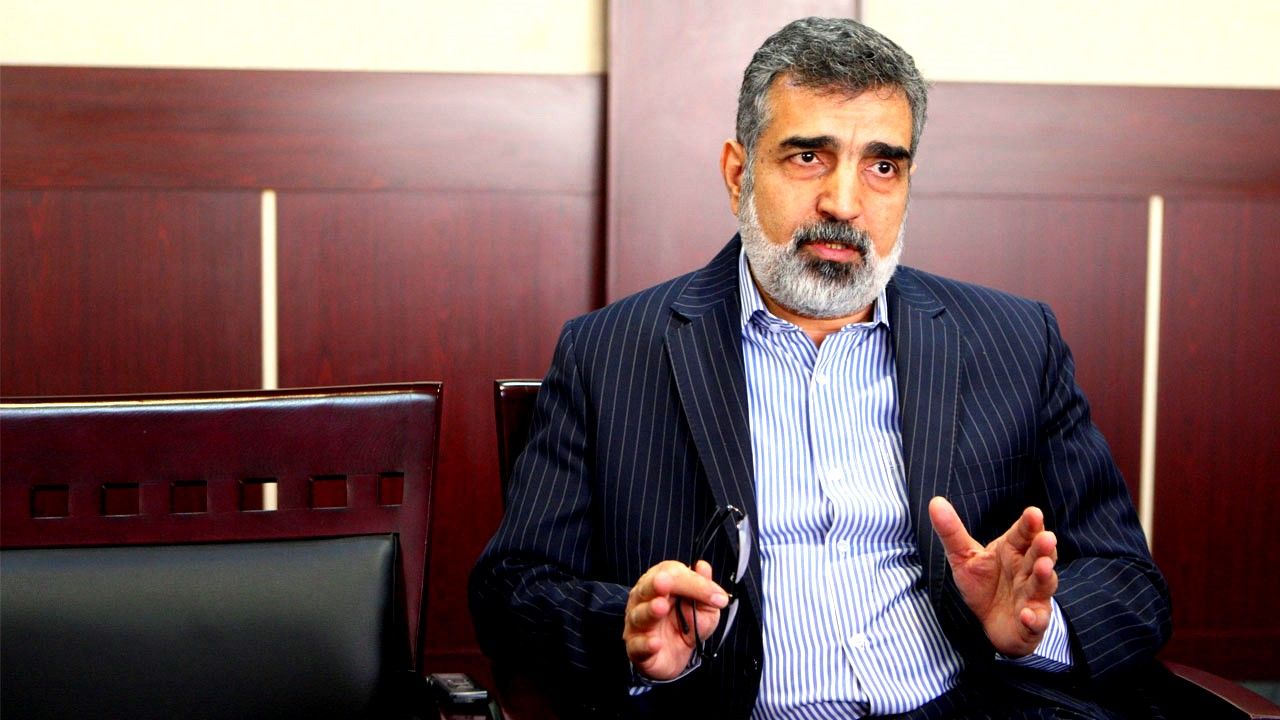pokesman for the Atomic Energy Organization of Iran Behrouz Kamalvandi outlined some details of the current status of interaction with the global nuclear watchdog in an interview on state television on Thursday.
Besides the obligations of the Non-Proliferation Treaty, Iran had agreed to stricter monitoring and verification by the International Atomic Energy Agency under the 2015 nuclear deal, but curbed its cooperation following the agreement’s unraveling.
The Joint Comprehensive Plan of Action, as the deal is formally called, had promised sanctions relief to Tehran in return for restrictions on its nuclear activity, but the United States reimposed sweeping sanctions after its withdrawal in 2018, prompting Tehran to take reciprocal measures and reduce its compliance.
The countermeasures included changes in the level of cooperation with the agency, including the number of surveillance cameras.
However, to resolve certain ambiguities that arose early this year, Iran and the IAEA reached a new understanding in March following the director general’s visit.
As per the agreement, several cameras were reinstalled at Iranian nuclear facilities.
“As many as 29 cameras and devices had been removed, about 10 of which were reinstalled in Natanz [nuclear enrichment plant] in accordance with the agreement,” Kamalvandi was quoted as saying by IRNA.
Surveillance cameras were also brought back into operation at a centrifuge manufacturing workshop in Isfahan Province, according to the spokesman.
“This center is the same production line in Karaj, which was relocated to a safer place after the sabotage,” he said.
The centrifuge component manufacturing workshop in Karaj was the victim of sabotage in June 2021, in which one of four IAEA cameras there was destroyed.
Kamalvandi noted, however, that the footage from the cameras will not be accessible for the agency and will be kept in Iran until an agreement is reached on the JCPOA.
Negotiations have been underway since early 2021 on the restoration of the deal, but have been stalled since last August over final differences.
At the enrichment facility in Fordow, the AEOI spokesman said inspections are within the framework of the NPT-required Comprehensive Safeguards Agreement only.
“No camera has been installed there beyond Safeguards obligations.”
The senior official also rejected any online inspection of Iranian nuclear facilities, saying enrichment meters have only been placed at the output modules of equipment that enrich to 60% purity at Natanz and Fordow, which is a CSA requirement.
Outstanding Issues
The IAEA had also raised questions about uranium traces allegedly found at three undeclared sites in Iran. The director general had earlier dismissed Iran’s explanations as uncredible, which led to the passing of two resolutions against the country by the IAEA Board of Governors.
Tehran denies allegations of undeclared activity at the three sites, saying the questions are based on fabricated data.
As a result of collaborations based on the March agreement, the agency has now been convinced and has no more questions about one of the three locations known as Marivan, as well as the Jaber Ibn Hayan multipurpose laboratory, where the IAEA had claimed there was discrepancy between the amount of natural uranium declared by Iran the amount it had verified, Kamalvandi said.
“Appropriate political conditions would be enough for the conclusion of questions about two other locations in Turquzabad and Varamin, and negotiations with the agency on those issues are underway,” he added.
The new development could facilitate that process of reviving the 2015 nuclear agreement, given that the IAEA’s investigation into the three locations, referred to as outstanding safeguards issues, was a key stumbling block.
Iran has demanded the closure of the probe before any deal on the JCPOA.
Regarding the agency’s inspectors, Kamalvandi said only those verified by Iran’s security organizations will be allowed.
“The history of all inspectors is reviewed by security organizations … if we don’t agree with an individual, we won’t allow them to inspect, and even if a permit has been issued, it can be revoked once security reservations require,” he said.
Tehran will not consent to the appointment of inspectors with American, Canadian, or certain other nationalities, he added.


